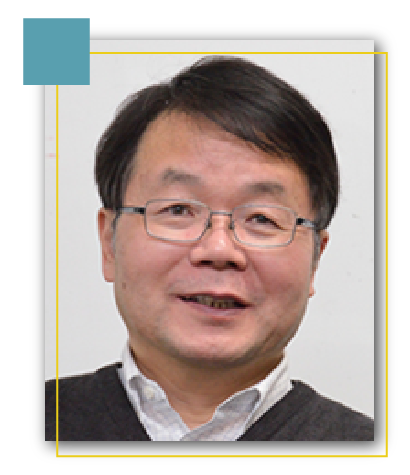
Theme Lecture | 27 June (Tues) 1:30 PM – 2:15 PM | Level 3 MR324
Frontier Opened from Transparent Oxide Research: From Material Design to Application
Abstract
Materials science is a cross-disciplinary subject bridging chemistry and physics, and fundamental science and application engineering. This unique feature provides a variety of opportunities for social implementation of novel materials created in academia. What is the most fascinating in materials research is its huge impact on our society if research is successful and meets well with social demands. We have studied electronic functionality in wide gap oxide-based materials over 25 year aiming at cultivation of new frontier in which fundamentals and applications. In this talk I introduce three excitements in our materials research., i.e. (1) amorphous oxide semiconductors as a novel semiconductors, from materials design to application to TFTs for flat panel displays such as OLED TVs and retina LCDs,(2) materials science of electride (in which electron serve as anion), from creation of stable electride to application to catalyst for green ammonia synthesis, and (3) iron-based superconductors, from discovery to finding of advantageous grain boundary nature for wire and bulk magnet fabrication.

